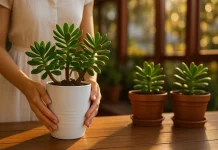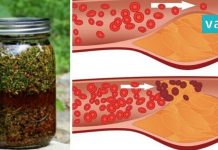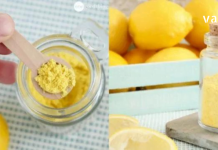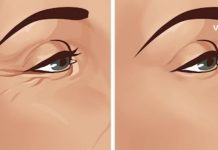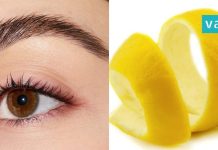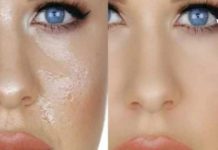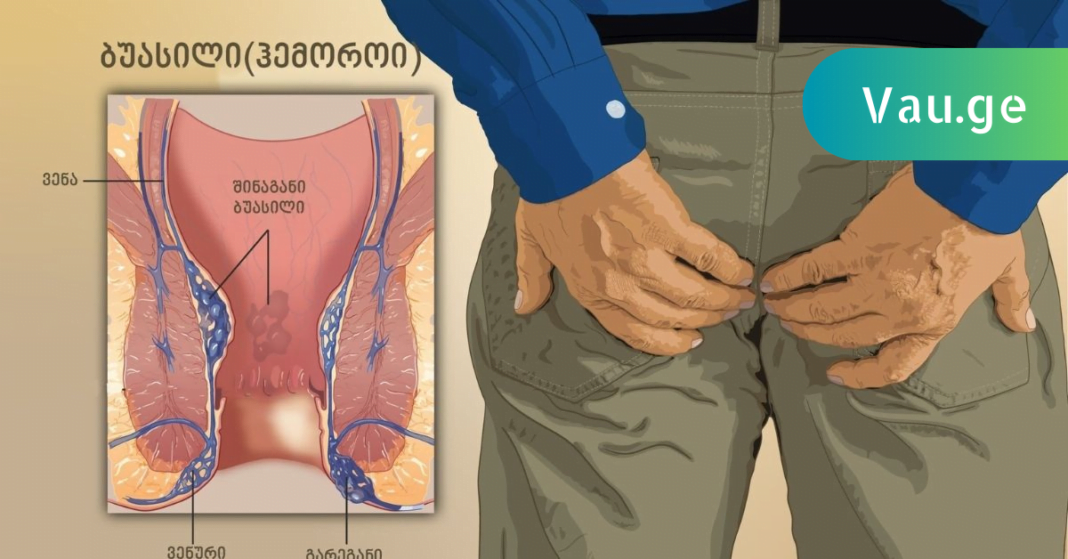Hemorrhoids are the most common condition affecting the rectum among all large intestine pathologies. In fact, recent statistics show that hemorrhoids are currently the number one proctological disease. This makes it an issue that requires both awareness and understanding from the general public, particularly for individuals who lead sedentary lives.
It is important to understand that the hemorrhoidal complex is not a disease in itself, but rather a normal anatomical structure that plays a vital role in the proper function of the lower third of the rectum. These structures, located in the anal canal, help maintain continence and regulate the passage of stool and gas. Together with other anatomical features of the rectal and anal region, the hemorrhoidal cushions assist in creating a seal in the rectum, ensuring hermetic closure and preventing involuntary leakage.
However, when these hemorrhoidal cushions become enlarged or swollen, it indicates a pathological condition known as hemorrhoidal disease, or more commonly, hemorrhoids. This can cause discomfort, pain, itching, and in some cases, bleeding during bowel movements.
What Causes Hemorrhoids?
There are several risk factors that can contribute to the development or worsening of hemorrhoids. Here are some of the most common ones:
- Chronic constipation – straining during bowel movements increases pressure on the rectal veins.
- Diarrhea – frequent loose stools can also irritate the anal canal.
- Irritable bowel syndrome (IBS) – fluctuating between constipation and diarrhea creates additional strain.
- Pregnancy – the growing uterus puts pressure on the pelvic veins.
- Childbirth – intense straining during delivery can trigger hemorrhoid formation.
- Frequent use of enemas or local treatments – overuse can irritate the rectal area.
- Menstruation – hormonal changes may increase pelvic pressure.
- Sedentary lifestyle – lack of movement reduces blood flow in the rectal area.
- Certain sports – activities like horseback riding, weightlifting, and motorcycling put direct pressure on the pelvic floor and anal region.
Modern lifestyles often involve long hours of sitting, especially in office jobs, contributing to the increasing prevalence of this condition. As a result, hemorrhoids are often referred to as a disease of the 21st century.
Natural Home Remedy for Hemorrhoids
There is a simple, yet effective home treatment that has been traditionally used to relieve the symptoms of hemorrhoids and promote healing. The method involves natural ingredients that are easy to find and safe to use.
Ingredients:
- 1 tablespoon of honey
- 1 tablespoon of ghee (clarified butter or cream butter)
- 1 fresh aloe vera leaf (approximately the size of a finger)
Preparation and Usage:
- Mix the honey and ghee in a small cup or bowl.
- Gently heat the mixture using a water bath until it becomes warm and well blended.
- Take an aloe vera leaf, cut a piece about the size of a finger.
- Carefully remove the sharp edges from the sides of the leaf.
- Dip the aloe vera in the warm honey-ghee mixture.
- Insert the prepared aloe vera piece gently into the anus.
This procedure should be done daily, preferably at night before going to bed. During the first few days, the relief may not be immediately noticeable. However, gradual improvement can be expected with consistent use.
Duration and Effectiveness:
The full course of treatment lasts about one month, and during this time, most people report significant improvement or complete remission of symptoms. The amount of prepared mixture is usually enough to last for the entire treatment course.
Many individuals who have tried this method have expressed high satisfaction with the results. They often report reduced inflammation, relief from pain and itching, and overall better bowel health.
While this natural remedy is widely praised, it’s always a good idea to consult with a healthcare professional before starting any self-treatment, especially if symptoms are severe or persistent. Hemorrhoids are manageable and often reversible, particularly with early intervention, lifestyle changes, and proper care.




